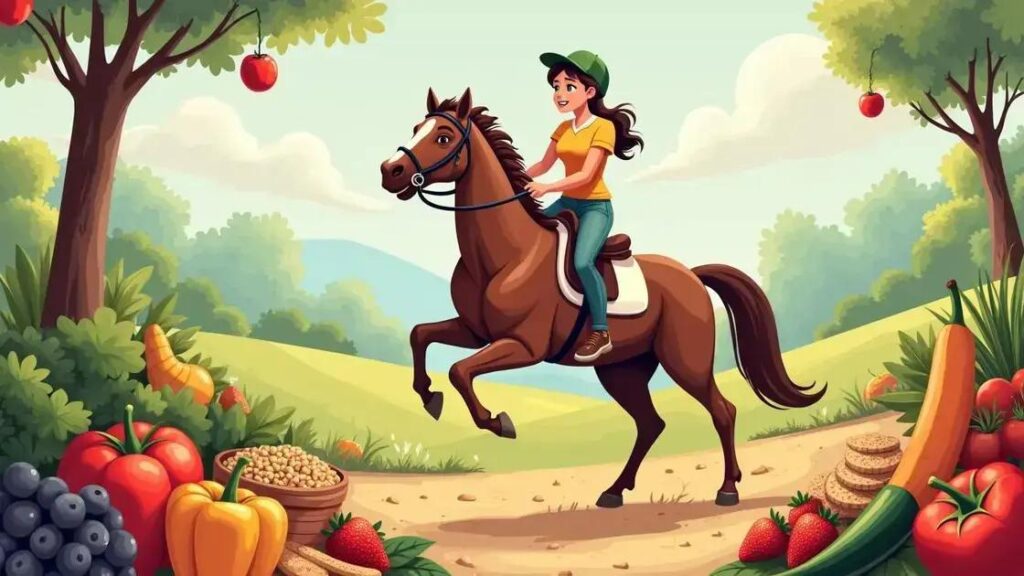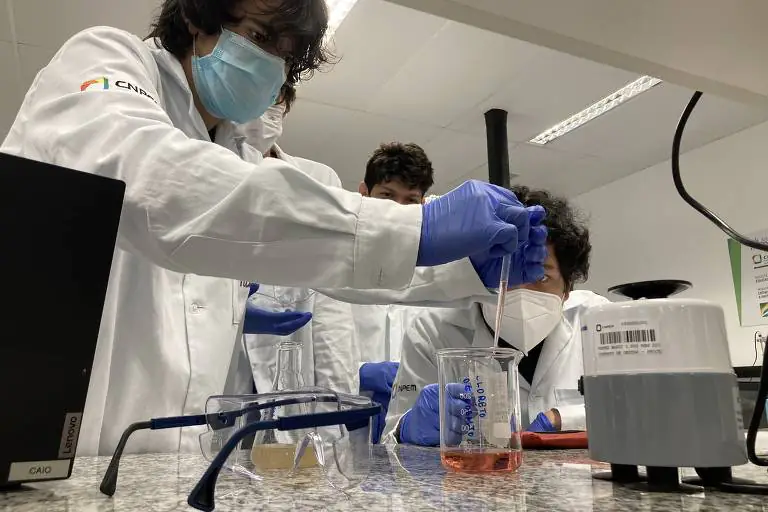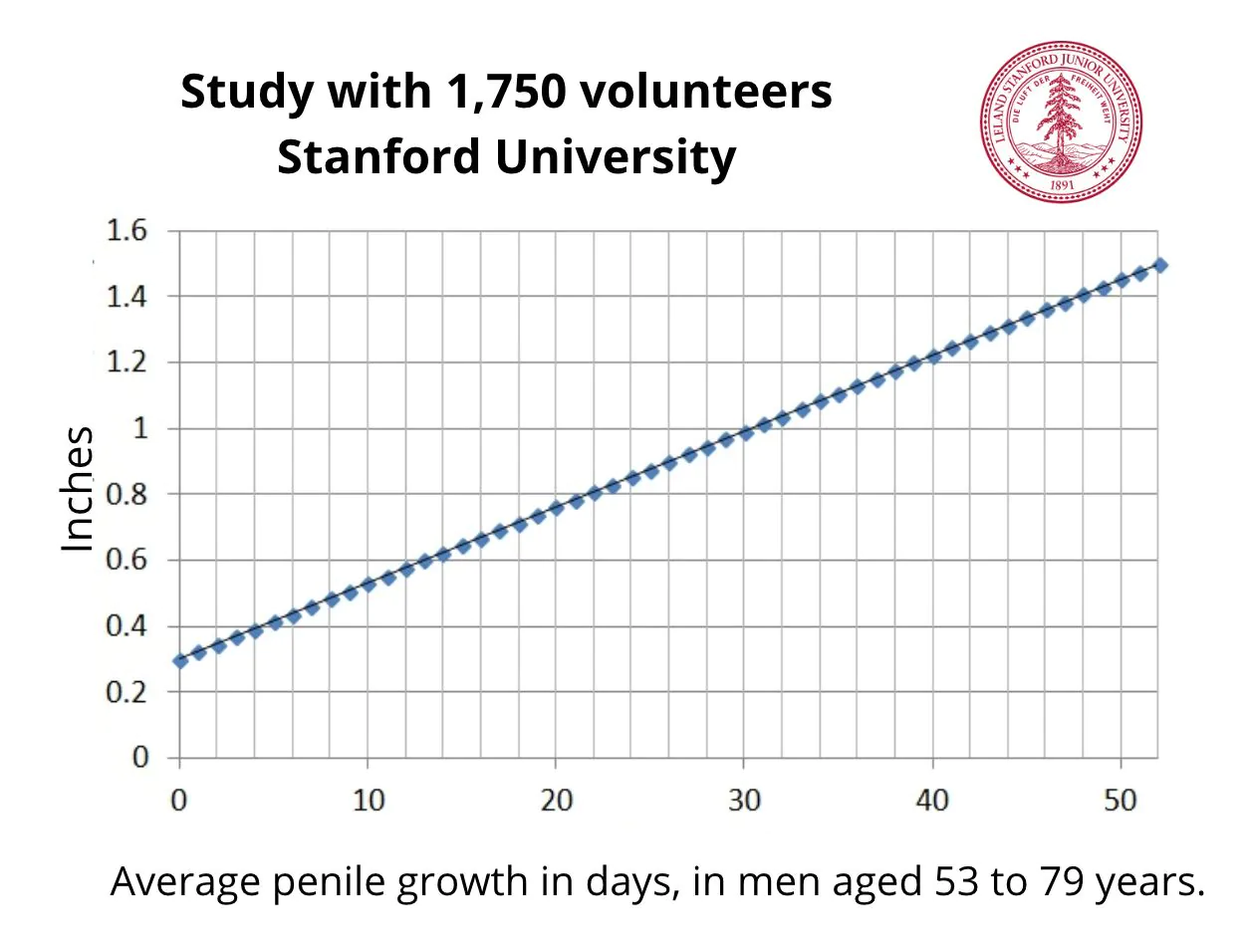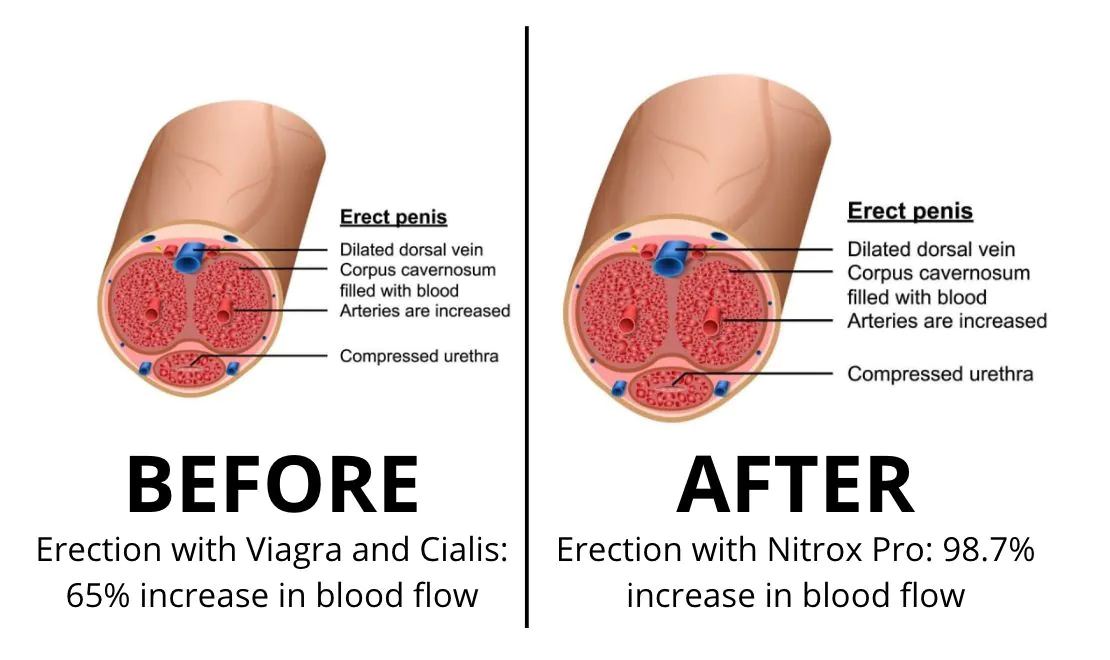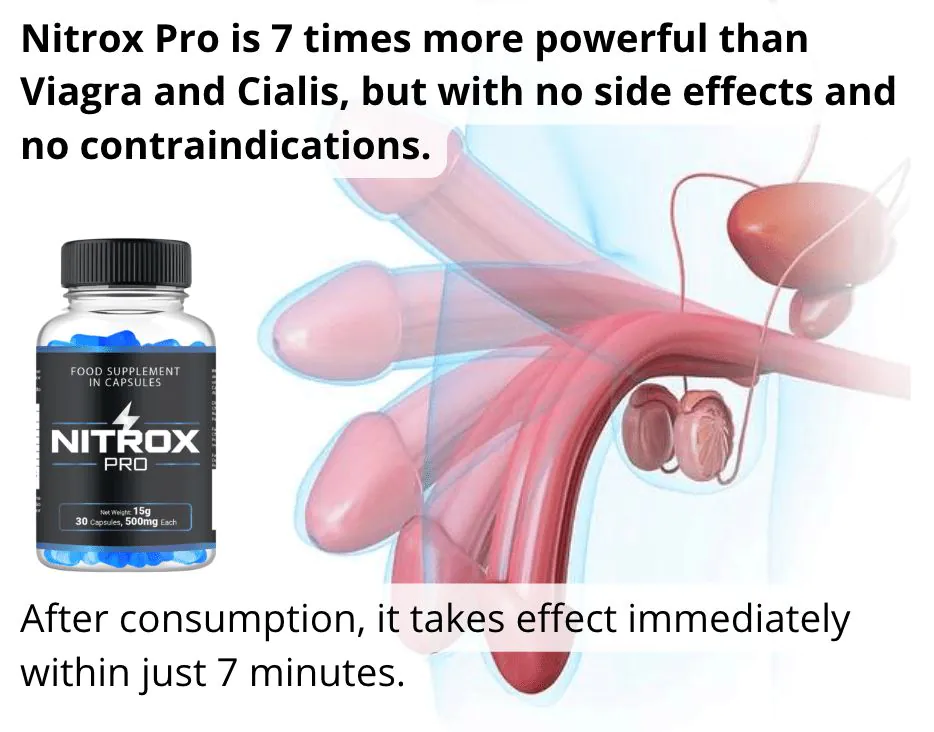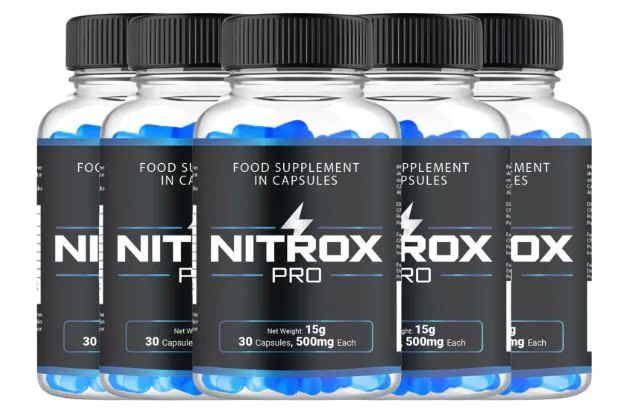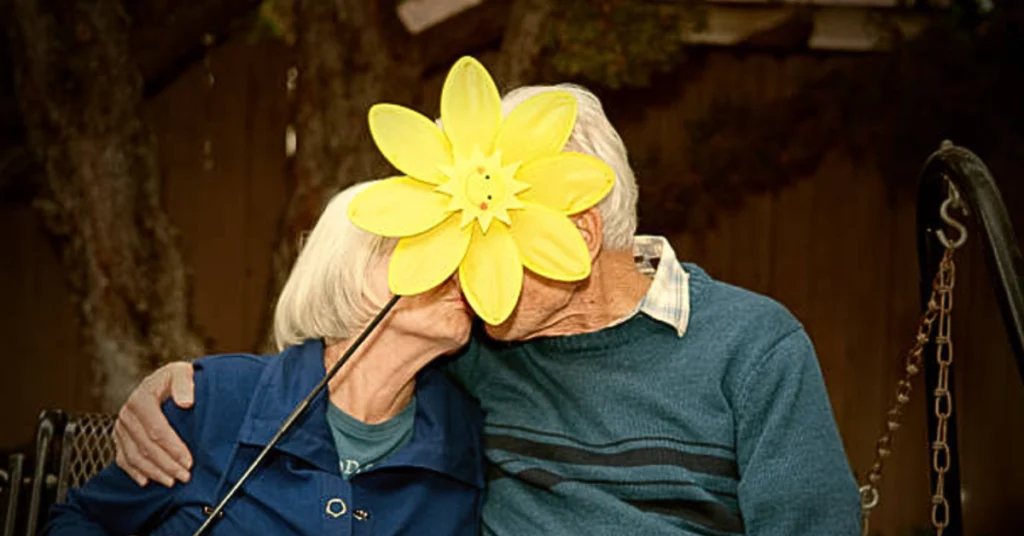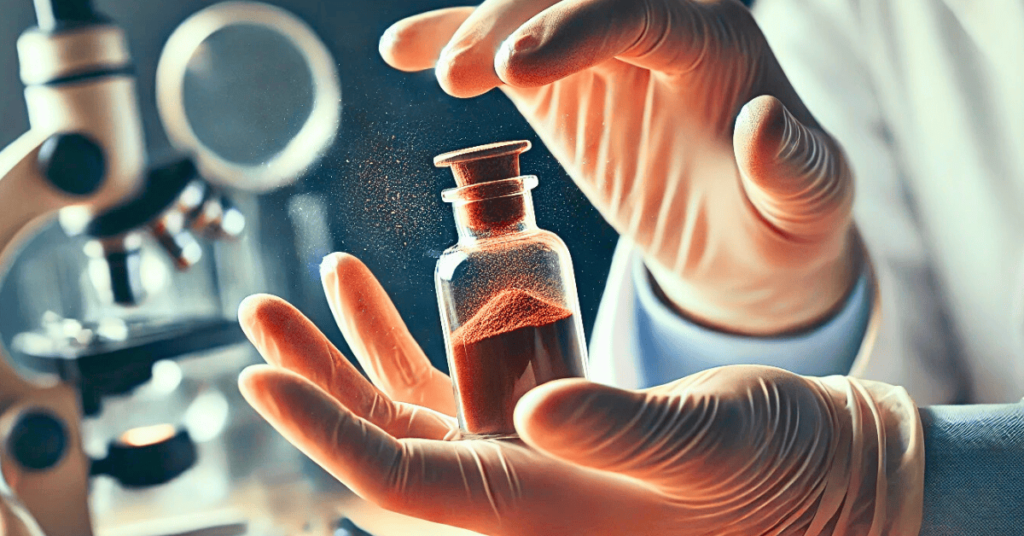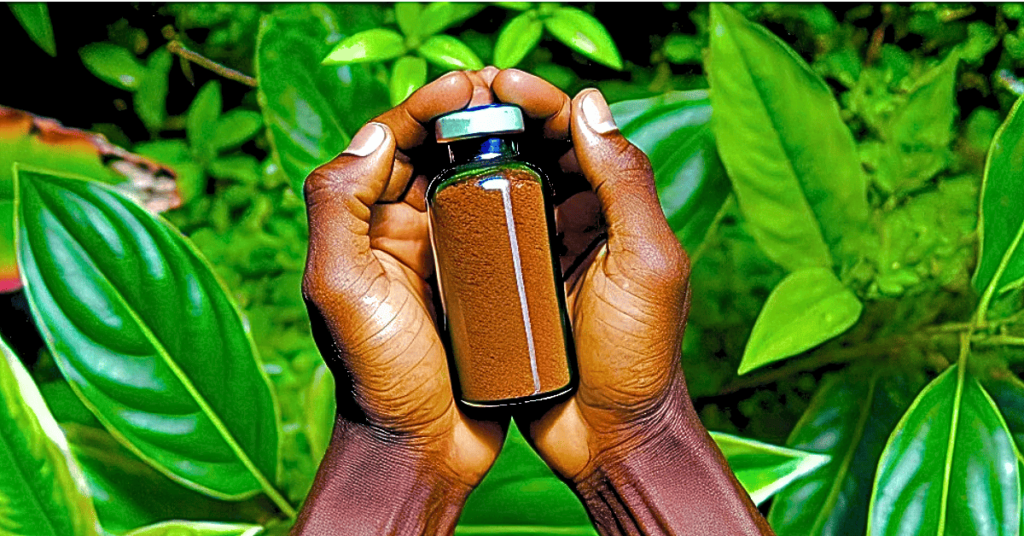Riders using the Horse Trick benefit from a balanced diet tailored to their nutritional needs, including carbohydrates for energy, proteins for muscle recovery, and healthy fats. Timing meals effectively—eating before, during, and after rides—is crucial for optimal performance, while debunking common dietary myths enhances understanding. Staying hydrated is essential for maintaining energy levels during riding sessions.
If you’re asking, “Do I need a special diet while using the Horse Trick?” you’re not alone. Many riders wonder about the best way to fuel their bodies while mastering equestrian skills. Nutrition plays a crucial role in athletic performance, especially in demanding activities like horseback riding. This article will clarify the dietary adjustments necessary for effective riding, emphasizing what you need to know to maintain peak energy and focus in the saddle.
Understanding the Horse Trick Technique
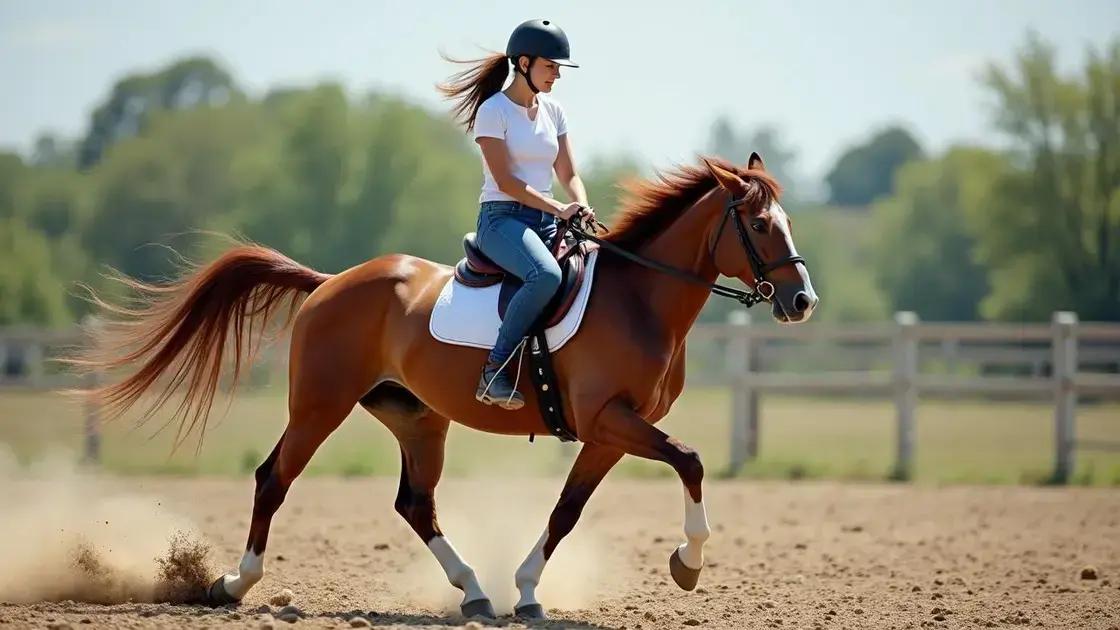
Understanding the Horse Trick technique is key for any rider looking to enhance their skills. This technique involves a series of movements that require balance, coordination, and trust between the rider and the horse. To master it, you need to practice regularly and ensure both you and your horse are in sync.
Key Elements of the Horse Trick
The fundamental parts of the Horse Trick include posture, timing, and focus. Maintaining the correct posture ensures better control and helps you communicate effectively with your horse. Timing is crucial; every movement you make should align with your horse’s rhythm for successful execution. Lastly, focus allows you to remain aware of your surroundings and respond quickly to any changes.
Importance of Practice
Like any skill, practicing the Horse Trick is essential for improvement. Regular practice not only builds muscle memory but also strengthens your bond with the horse. Spend time gradually increasing the complexity of the trick, ensuring both you and your horse are comfortable at each stage.
Building Confidence
Confidence plays a significant role in performing the Horse Trick. Start with simpler movements, and as you gain confidence, gradually challenge yourself with more advanced techniques. It’s essential to listen to your horse and adjust your approach based on their comfort and skill level. Always prioritize safety for both you and your horse.
Ultimately, understanding the Horse Trick technique is about establishing a strong partnership with your horse. As you progress, you’ll find that both your connection and performance improve, making the experience rewarding and enjoyable.
Nutritional Needs for Riders
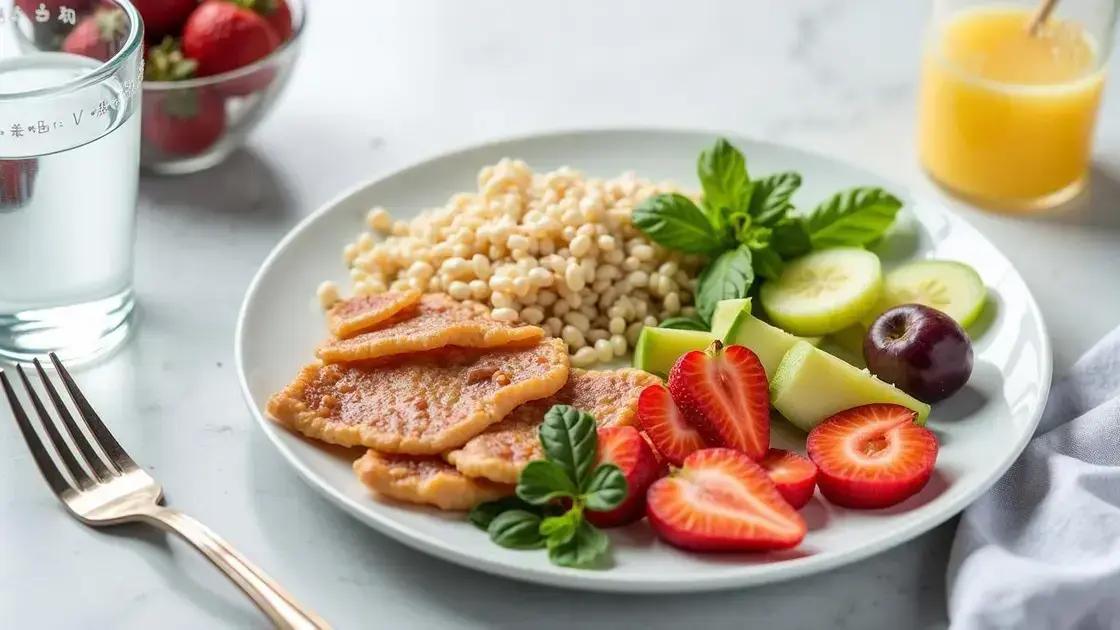
Riders have unique nutritional needs that can greatly impact their performance and overall health. Proper nutrition supports stamina, strength, and focus while riding. Here are some key elements that every rider should consider.
Macronutrients
Your diet should be balanced in carbohydrates, proteins, and fats. Carbohydrates provide the energy you need for long rides and intense practices. Whole grains, fruits, and vegetables are great sources. Proteins help in muscle recovery and building strength, so include lean meats, dairy, nuts, and beans in your meals. Healthy fats from sources such as avocados, nuts, and olive oil are also essential for brain function and energy.
Hydration
Staying hydrated is crucial for peak performance. Water helps regulate body temperature and prevent fatigue. Make sure to drink water before, during, and after your rides. You may also consider drinks that replenish electrolytes, especially on hot days or during long sessions.
Vitamins and Minerals
Riders need various vitamins and minerals to support their active lifestyle. Iron is important for oxygen transport in the blood, while calcium and vitamin D help maintain healthy bones. A diet rich in diverse fruits and vegetables will help ensure you get these essential nutrients.
Pre- and Post-Ride Nutrition
The timing of your meals can influence your performance. Before riding, aim to eat a balanced meal or snack that combines carbohydrates and protein about 1-2 hours prior. After riding, focus on recovery with a meal containing proteins and carbs to replenish energy stores and repair muscles. This balance helps maintain your stamina and aids in quicker recovery.
Timing Your Meals for Optimal Performance
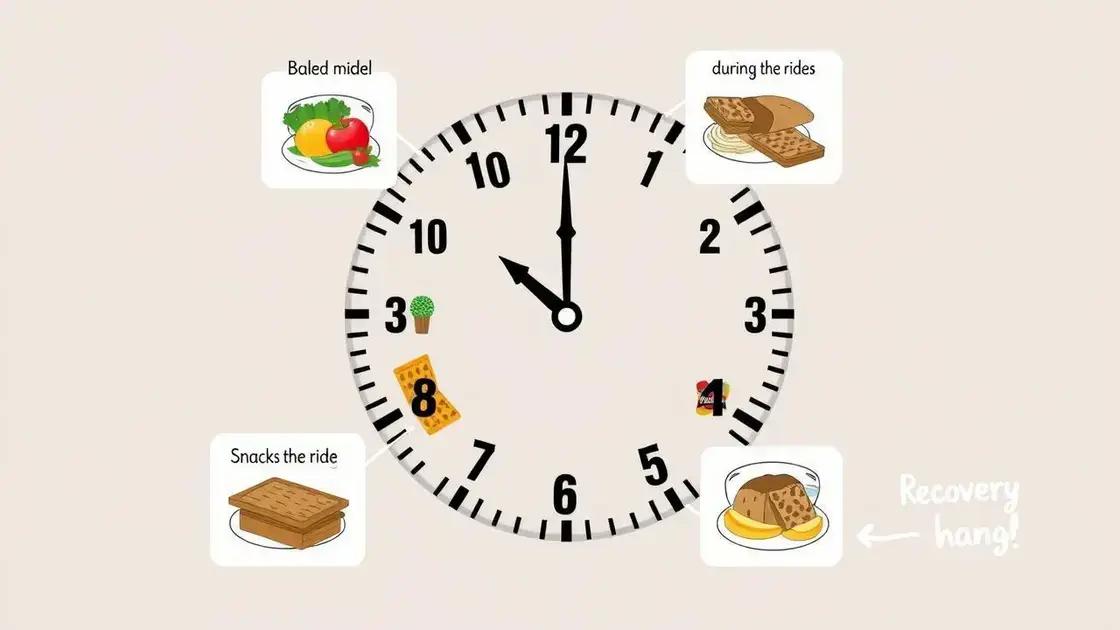
Timing your meals is essential for achieving optimal performance as a rider. The way you eat can significantly impact your energy levels, focus, and overall effectiveness while riding. Here are some key factors to consider when planning your meals.
Meal Timing Explained
Meal timing refers to when you eat in relation to your riding schedule. For example, eating too close to your riding session may lead to discomfort, while waiting too long can leave you fatigued and unfocused. A good rule of thumb is to plan meals and snacks around your riding times.
Pre-Ride Meals
It is recommended to eat a balanced meal or snack that is rich in complex carbohydrates and moderate in protein about 1-2 hours before riding. Foods such as oatmeal, whole grain toast, or yogurt with fruits are ideal options. They provide sustained energy without weighing you down.
During Your Ride
If you plan to ride for over an hour, snacking during your ride can be useful. Simple carbohydrates, like fruits, energy bars, or sports gummies, are easy to digest and can help maintain your energy levels. Try to take small snacks every 30-40 minutes to keep your energy steady.
Post-Ride Recovery
After riding, it’s important to restore your energy stores and support muscle recovery. Aim to eat a meal with a good balance of carbohydrates and protein within 30-60 minutes post-ride. Foods like a banana with nut butter, a smoothie, or a chicken wrap are great options that help refuel your body.
By considering the timing of your meals, you can enhance your performance while riding the Horse Trick and ensure that your body is well-fueled and ready for action.
Common Dietary Myths in Riding
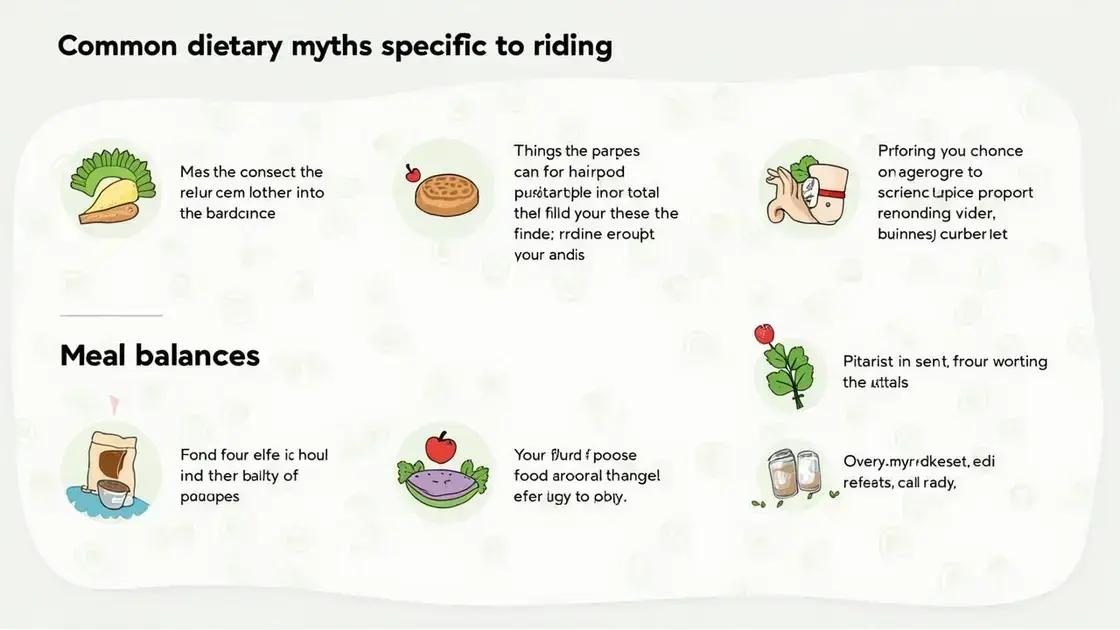
Understanding the common dietary myths in riding can help you make better food choices to optimize your performance. Here are some misconceptions that many riders have.
Myth 1: Carbs Are Bad for You
Many people believe that carbohydrates are unhealthy and should be avoided. This is not true! Carbs are a primary source of energy, especially for riders who need stamina during their practices. Focus on healthy sources like whole grains, fruits, and vegetables that provide the energy needed for riding.
Myth 2: Skipping Meals Helps You Lose Weight
Some riders think that skipping meals will help them lose weight more quickly. This can actually hurt your performance. Not eating enough can lead to fatigue and lack of focus. Instead, aim for balanced meals throughout the day to keep your energy levels stable.
Myth 3: Protein Alone is Enough
While protein is essential for muscle recovery, it is not the only nutrient you need. A diet focused solely on protein can lead to nutrient imbalances. It’s important to include a mix of carbohydrates, fats, vitamins, and minerals alongside your protein for overall health and performance.
Myth 4: All Fats Are Bad
Many avoid fats altogether, thinking they are unhealthy. In reality, some fats are necessary for energy and nutrient absorption. Focus on healthy fats found in avocados, nuts, and olive oil, which support brain function and overall health.
By debunking these common dietary myths, riders can better tailor their nutrition to enhance performance while using the Horse Trick. Knowledge is key to making positive dietary choices!
In Conclusion: Nutrition is Key for Riding Success
As a rider, understanding the importance of a special diet while using the Horse Trick can significantly enhance your performance. From mastering the technique to meeting your nutritional needs, meal timing, and debunking common dietary myths, proper nutrition is integral to success in the saddle.
By focusing on a balanced diet that includes the right macronutrients, hydrating adequately, and timing your meals strategically, you can improve your stamina, coordination, and overall riding experience. Remember, nutritious foods not only fuel your body but also support your mental focus and energy levels.
So, as you continue your riding journey, prioritize your nutrition and incorporate these insights to become the best rider you can be. Your horse will thank you!
FAQ – Frequently Asked Questions about Diet and Riding
Do I need a special diet while using the Horse Trick?
Yes, a balanced diet is essential for peak performance. Proper nutrition supports your stamina, focus, and overall effectiveness while riding.
What are the nutritional needs for riders?
Riders need a balanced intake of carbohydrates for energy, proteins for muscle recovery, and healthy fats for overall health.
How should I time my meals for optimal performance?
Aim to eat a balanced meal 1-2 hours before riding, snack during long rides, and focus on recovery meals within 30-60 minutes after riding.
Are there common dietary myths among riders?
Yes, some myths include thinking carbs are bad, that skipping meals aids weight loss, or that protein alone is sufficient for recovery.
How can hydration impact my riding performance?
Staying hydrated is crucial as it helps regulate body temperature and maintain energy levels during rides.
What foods should I focus on before riding?
Before riding, focus on complex carbohydrates and moderate protein, such as whole grains, fruits, and yogurt.

